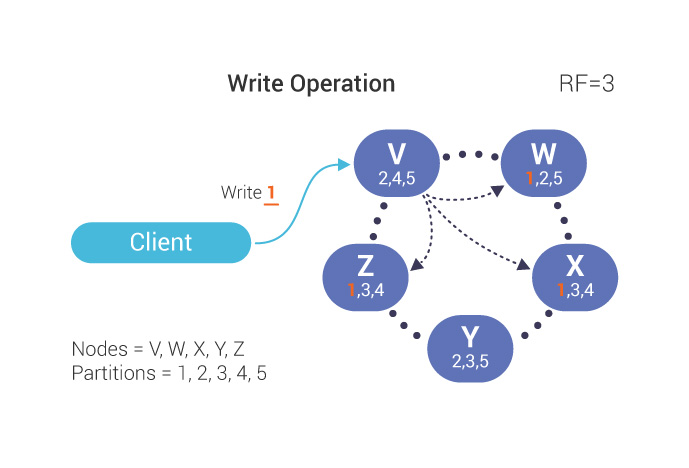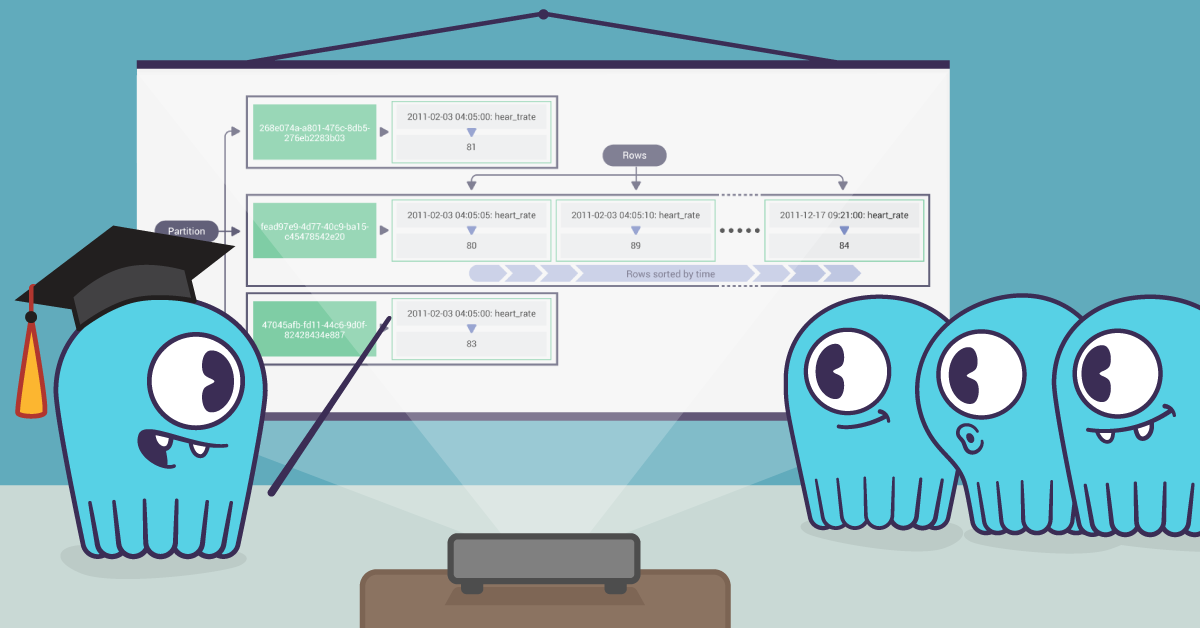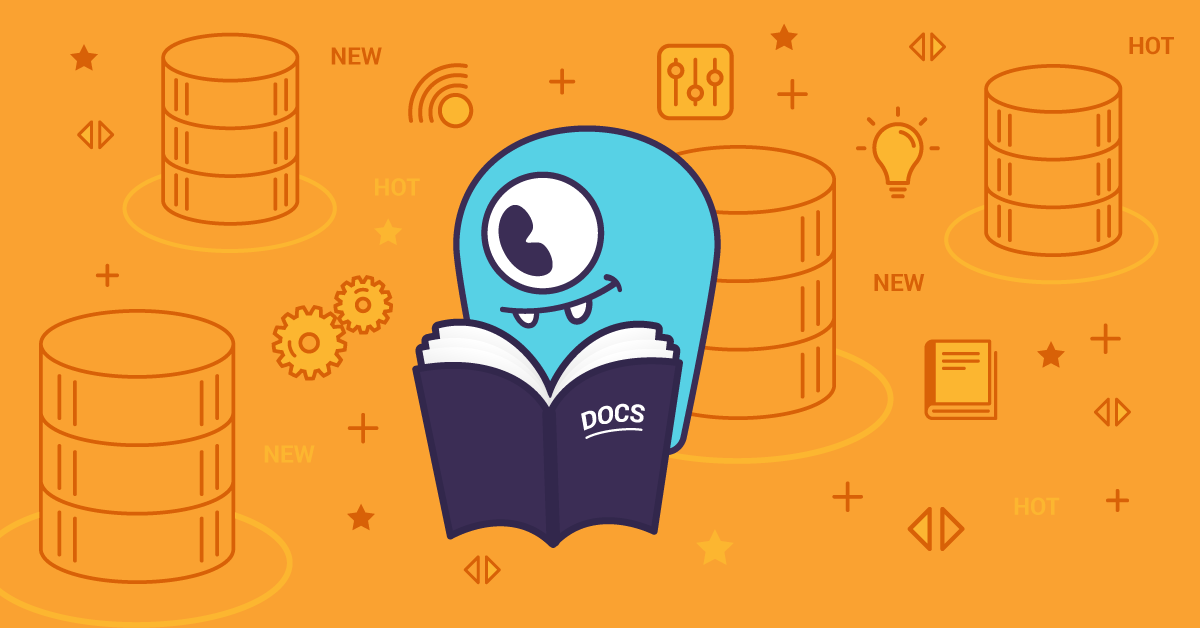
What happens if a catastrophe occurs in or between your data centers? What if a node goes down or becomes unreachable for any reason? ScyllaDB’s fault tolerance features significantly mitigate the potential for catastrophe. To get the best fault tolerance out of ScyllaDB, you must understand how to select the right fault tolerance strategy, which includes setting a Replication Factor (the number of nodes that contain a copy of the data) for your keyspaces and choosing the right Consistency Level (the number of nodes that must respond to read or write operations). We recently added new documentation to our ScyllaDB Architecture section on ScyllaDB Fault Tolerance. Let’s learn more about it.
What is ScyllaDB Fault Tolerance?
Fault tolerance relates to a system’s ability to continue operating in the event of a failure of one or more of its components. In ScyllaDB’s case, this how we handle data consistency – the validity of data reads and writes – when one or more of our component nodes go down.
Like many distributed database systems, ScyllaDB adheres to the CAP Theorem: in a distributed system, consistency, availability and partition tolerance of data are mutually dependent. Increasing (or decreasing) any 2 of these factors will inversely affect the third.

How does this work? Specifying a replication factor (RF) when setting up your ScyllaDB keyspaces ensures that your keyspace is replicated to the number of nodes you specify. Since this affects performance and latency, your consistency level (CL) – tunable for each read and write query – lets you incrementally adjust how many read or write acknowledgements your operation requires for completion.
In addition to the concepts above, we dive into tunable consistency and provide a short glossary of terms. Not just for ScyllaDB, our tutorial can also help you understand other distributed, ring-architected databases such as Apache Cassandra® and Amazon’s DynamoDB®.
Try it out!
Try out our docs site to get the basics on this and a lot more. Learn about our architecture, and how to get started with ScyllaDB. Check out ScyllaDB For Administrators, learn ScyllaDB for Developers, model your own CQL, browse our FAQ and knowledge base and even learn how to contribute to ScyllaDB.
Want to give ScyllaDB a try? Try out these very concepts with a download of ScyllaDB from right here or Docker Hub.
Amazon DynamoDB®. is a trademark of Amazon Inc.



